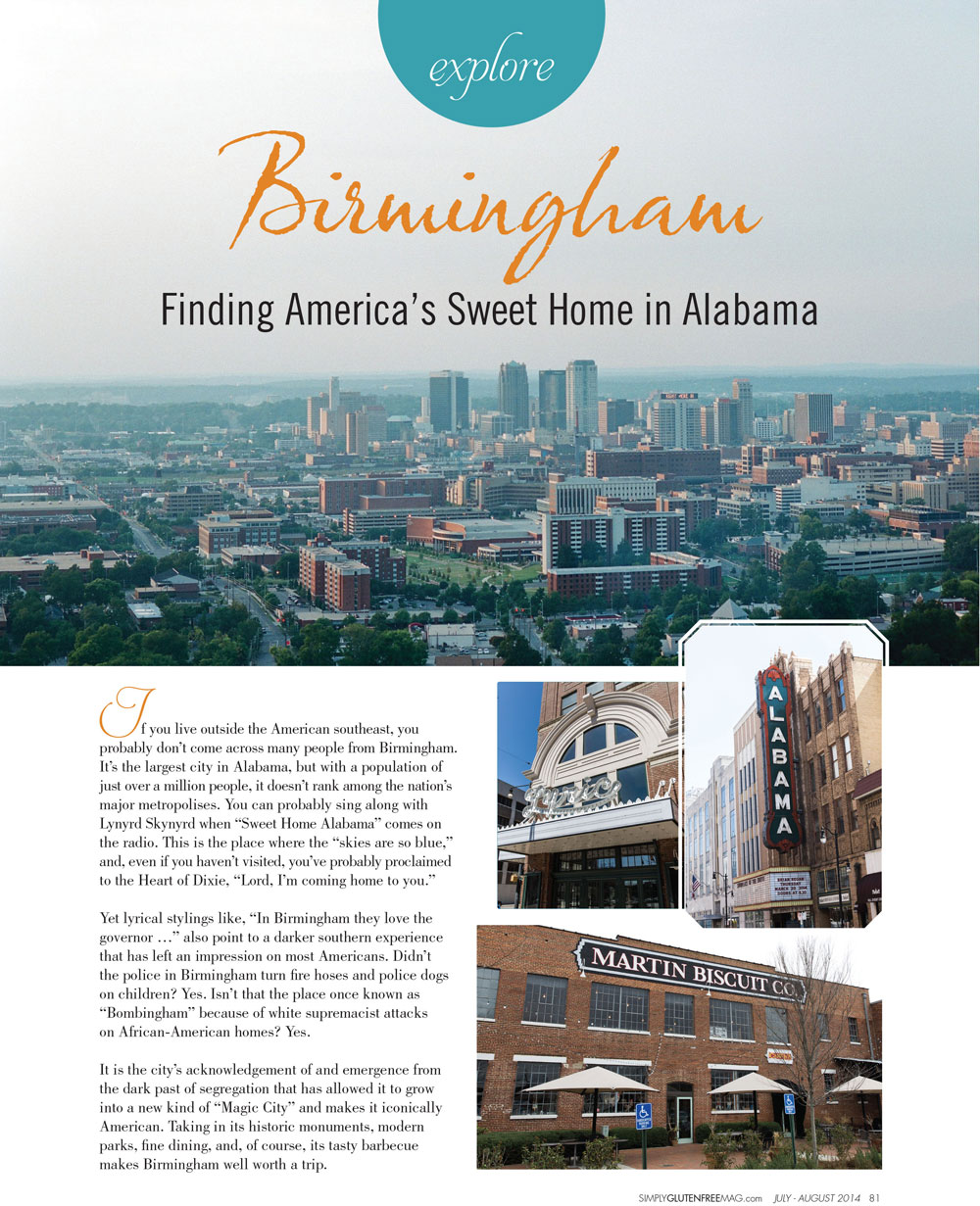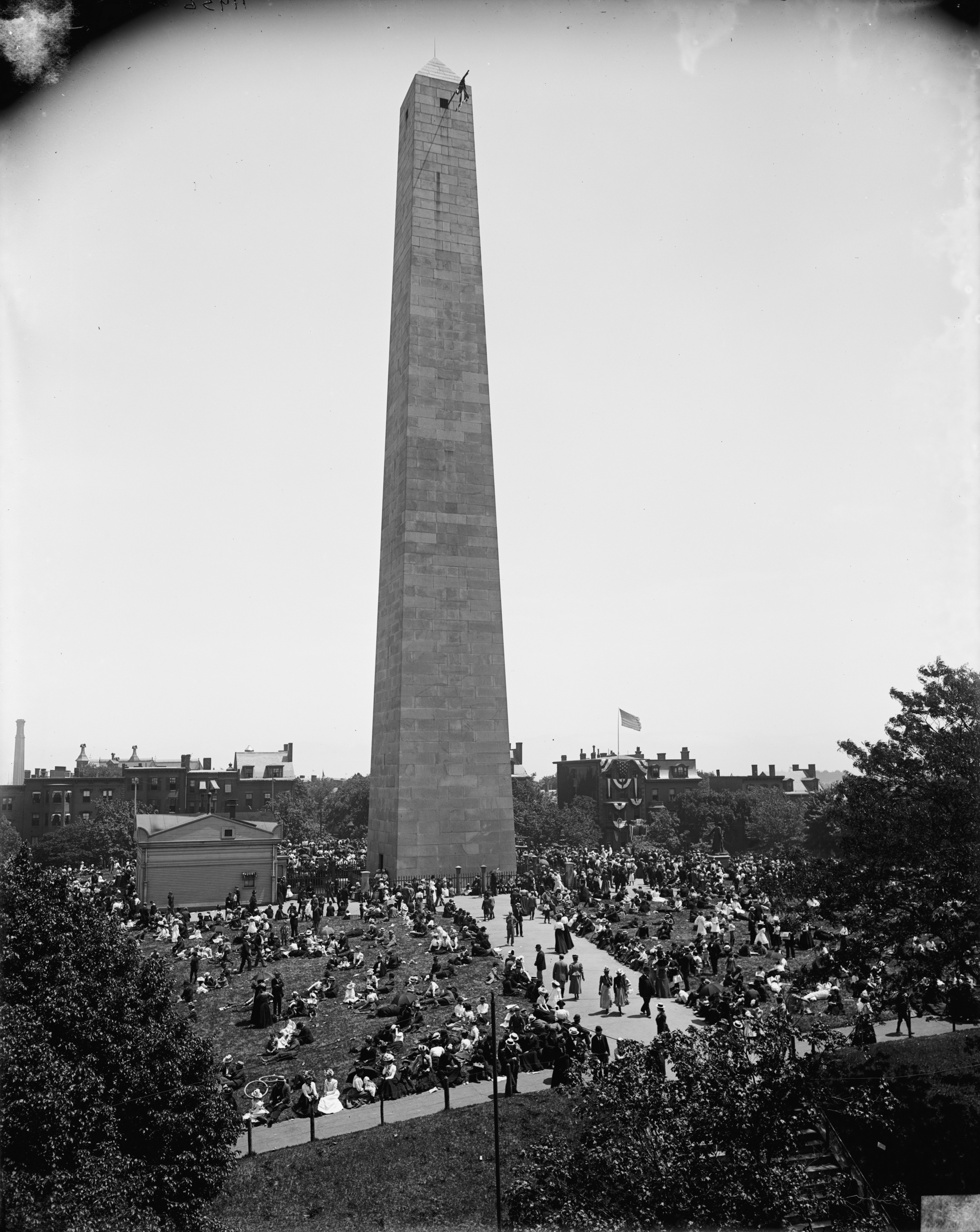Australia Travels and Cairo History Lessons at the Queen Victoria Building
We're nearing the end of our trip to Australia. For nearly two weeks we've made our way up the country's east coast, starting in Sydney and then going to Byron Bay, the Sunshine Coast, and Cairns. We've slept in camper vans, hiked along beaches, searched for koalas, and tread the hallowed ground of Steve Irwin. We've snorkeled along the Great Barrier Reef and even spotted a family of clown fish near their precious anemone.
Google "Gallipoli" and the number three result is the 1981 film starring a young Mel Gibson when his Aussie accent was still strong. The campaign continues to figure prominently in Australian culture, regularly serving as the subject of films and books. Most recently, Russell Crowe starred in The Water Diviner, where he played a farmer searching for three missing sons who fought in Gallipoli.
For our last few days in Oz, we're back in Sydney. And today while Stephen had a few photography meetings, I wandered through the Queen Victoria Building. I was struck afresh by the deep significance that Gallipoli and the First World War continues to hold for Australians. A shop dedicated entirely to toy soldiers made its Gallipoli collection the showpiece in its shop window. And when I wandered through the ABC Shop (a media store not a liquor outlet, Alabama friends), at least half of their limited selection of nonfiction books were dedicated to Gallipoli and experiences related to it.
For some context, the Gallipoli Campaign was carried out by the Australian and New Zealand Army Corps (ANZAC forces) in April of 1915, when the British decided they would try to weaken Nazi power by attacking their allies. In an attempt to overthrow the Ottomans, the ANZAC and British forces attached Turkey in concert with the French. Their efforts met with disastrous results. More than 8,000 Australian soldiers (nearly 400 of them officers) were killed before the troops were evacuated in December. Despite the failure, the event became a historical and cultural turning point for Australians, serving as a defining moment in making them their own nation as opposed to a colony of Britain.
In a way, the toy soldiers, the books, and their location in this still-elaborate hallmark of the Victorian era with its giant sculpture of Queen Victoria at the entryway, was an unexpected exhibit of the layers of colonial history that made Australia. That history, however, is well outside my area of expertise and a poor fit for a blog post. It did bring me back to by dissertation, though. (The project has been fresh on my mind as I work on a book proposal based on it.)
Ma'adi, the suburban enclave outside of Cairo that I studied, became home to the ANZAC troops before their deployment. So it seems a fitting moment to share a bit of that history. The Egyptian Gazette described the bustling life at the Ma'adi train station that they witnessed upon the arrival on the Australian Light Brigade in December 1914:
Stalwart khaki-clad forms with their broad-brimmed hats, sleeves rolled up revealing burnt brown arms stroll about awaiting the arrival of train-loads of baggage, foot, etc, from Cairo, to be stacked on carts and hustled off to the camp... A sharp “Keep off that,” brings understanding of intention if not of words. These are the men “on duty;” on the opposite side of the line are seen the crowds of “off duty” men awaiting the train to Cairo and amusements.
While the English-language paper gave a celebratory report, the arrival of the ANZACs was more trying for Cairene Egyptians. One Ma'adi home was converted into a hospital for the troops — a site continually challenged by miscommunication and cultural clashes with Egyptian servants. Soldiers were regularly reprimanded for harassing the nearby villagers. Tensions between the soldiers and locals erupted in April 1915 — just as the ANZACs were being about to leave for Turkey — when a riot broke out in Cairo's brothel district.* For Egyptians, these events fueled anti-British sentiments and helped grow popular support for the nationalist movement.
What had not occurred to me until now, however, was that these conflicts between the Egyptians and Australians in Ma'adi and throughout Cairo participated in the making of two nations, not one. The First World War broke down the prestige of the British Empire for not only the Egyptians, but also the Australians, even as they were being called upon to actively fight for it. Did the Australian soldiers sense their weakness and vulnerability in the face of the upcoming battle? Was there a frustration that fueled their unruly behavior — a sense that they needed to rebel in some way against this European war?
Being here in Sydney now sheds new light on the sliver of ANZAC history that I covered in my research sheds. Two nations in the making as two empires—the British and the Ottoman—faltered. I did not come to Australia for research or work, yet I find myself impressed and humbled by the ways in which global history lessons continue to surround me.
*For more on Cairo's 1915 riot see Mario M. Ruiz, "Manly Spectacles and Imperial Soldiers in Wartime Egypt, 1914-19," Middle Eastern Studies, 45:3 (May 2009), 351-371.






